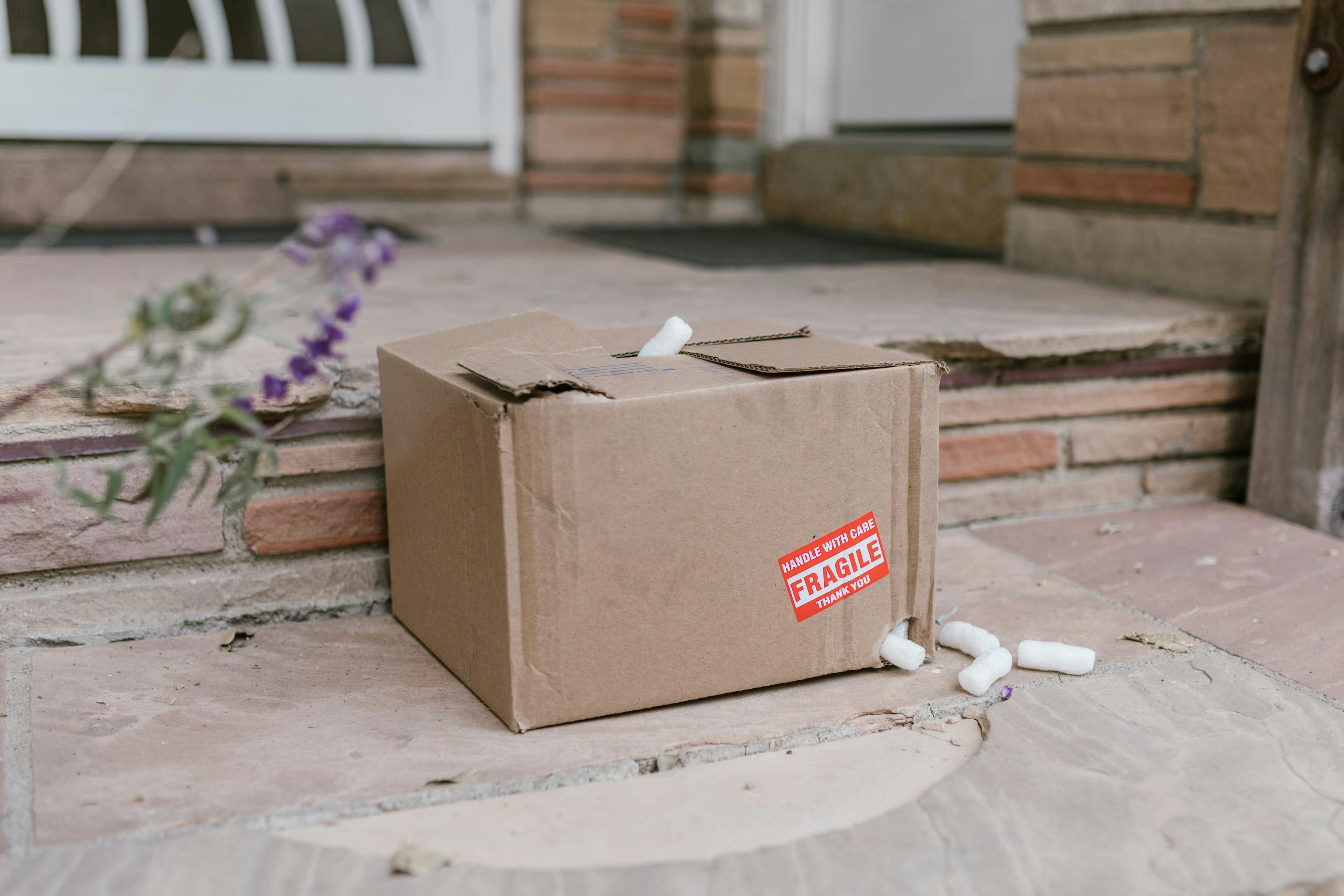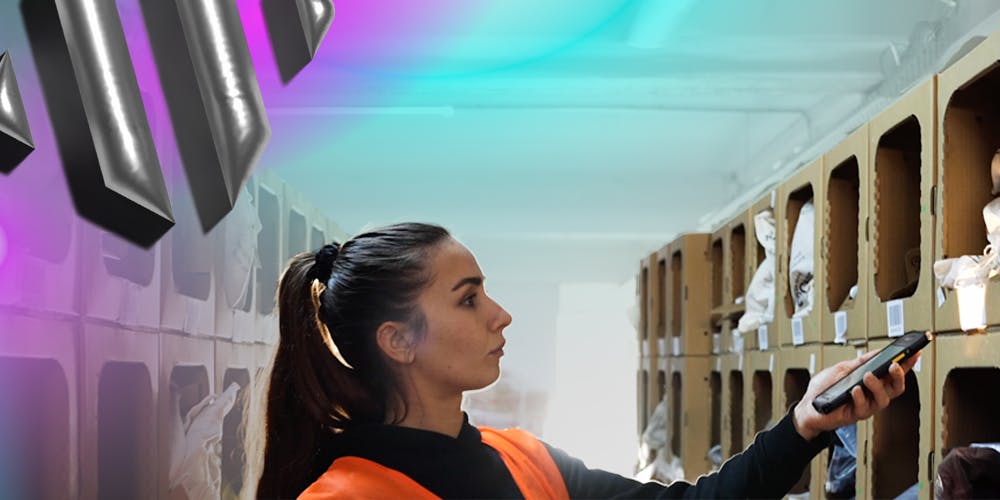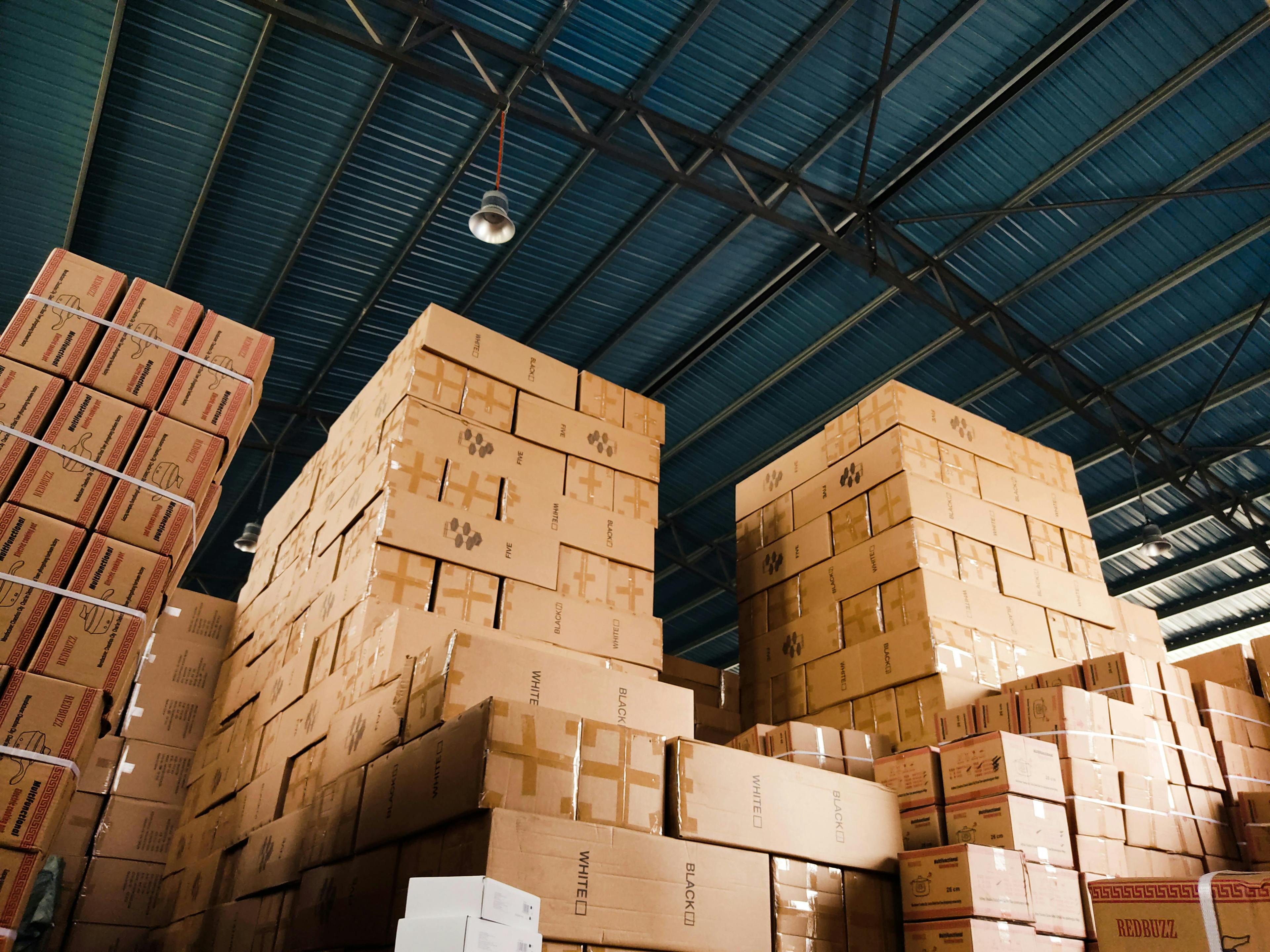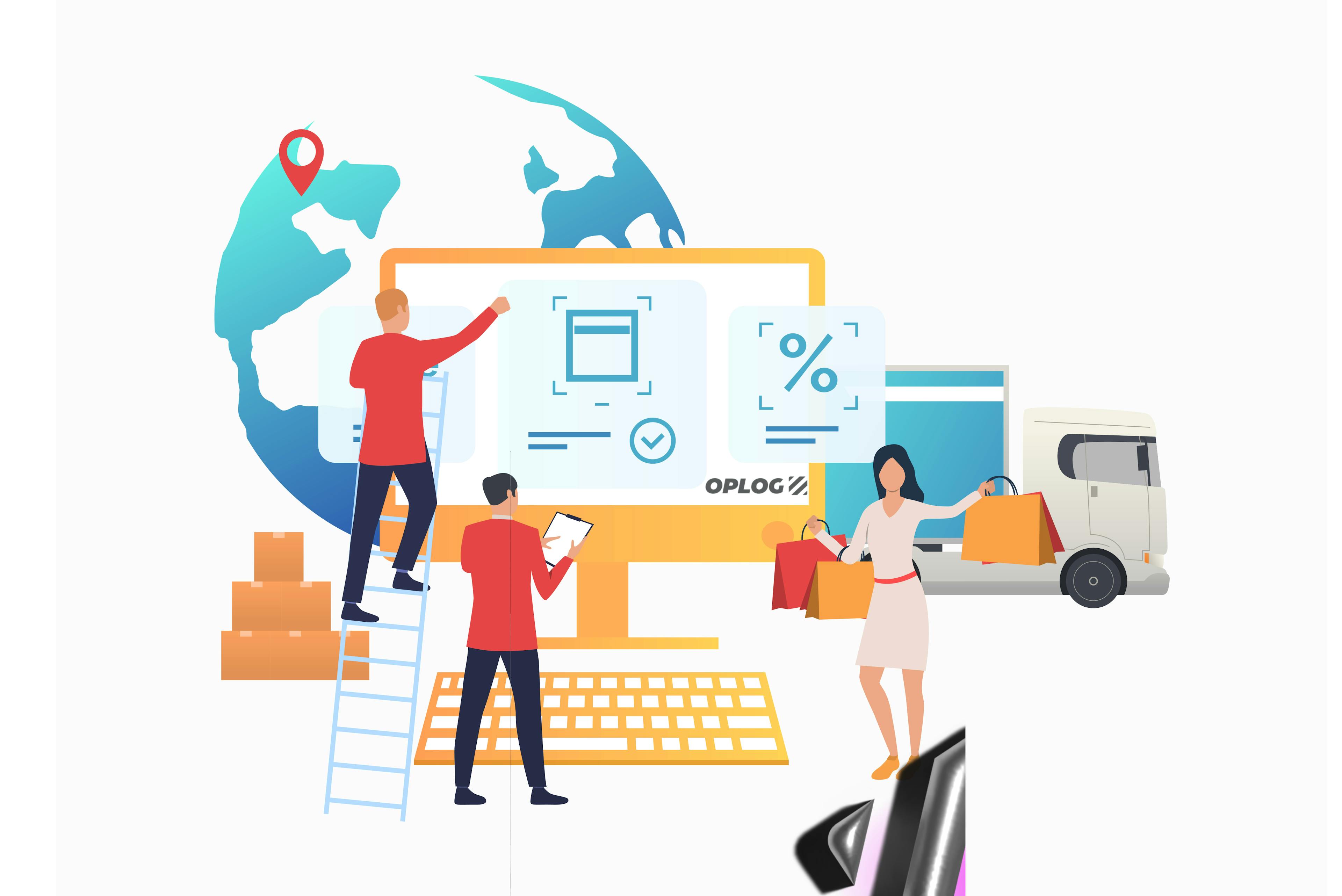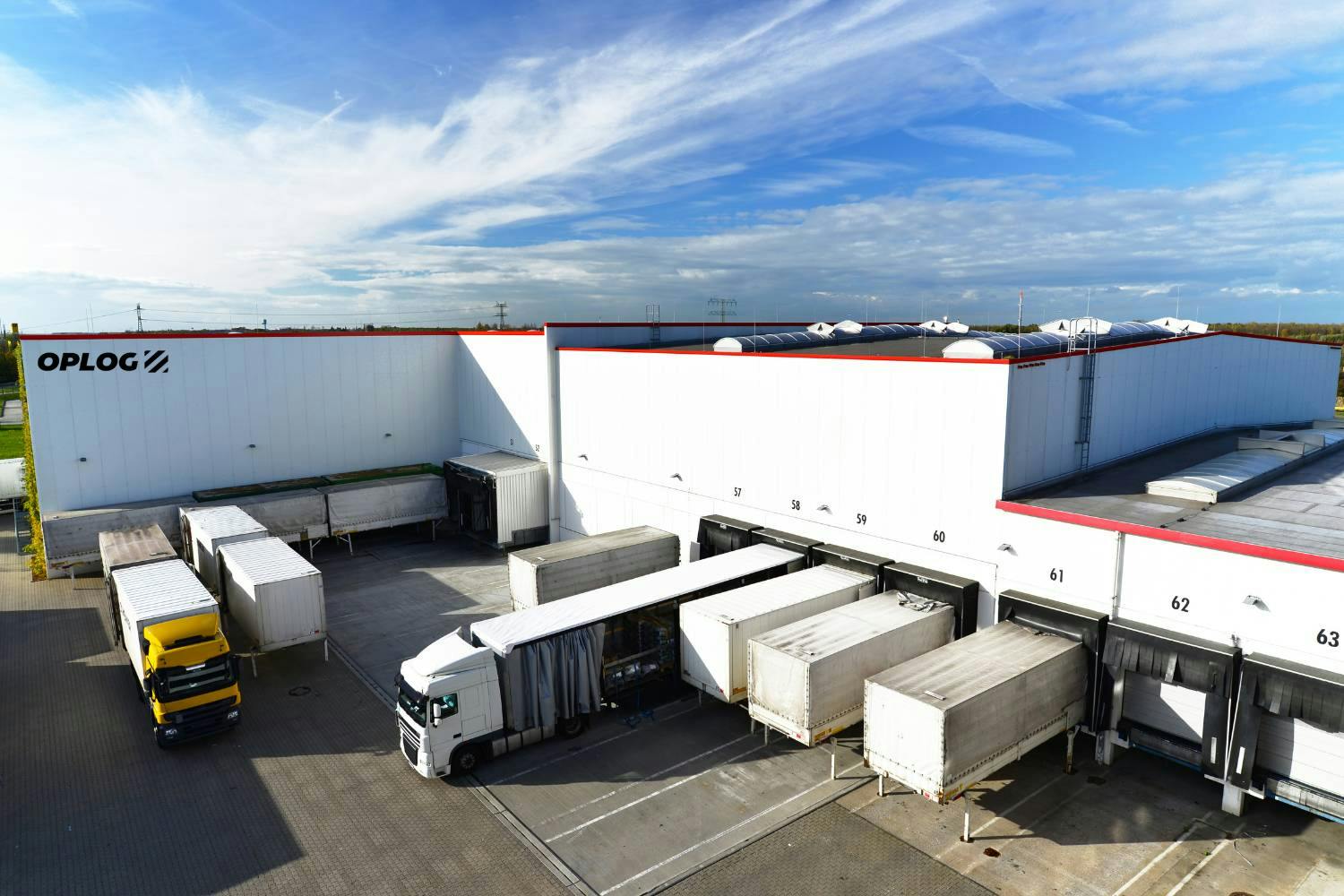We've all experienced the disappointment of realizing a purchase doesn't meet our needs or expectations, whether made online or in-store.
Sometimes, we end up with products that don't meet our expectations. They may need to be the right size, color, or quality, defective, damaged, or simply outdated. Or they don't match our style, taste, or current mood. In any case, we want to return them for a refund as quickly as possible.
According to a recent report by Shopify, the average eCommerce return rate is 20% to 30%. That means millions of products are returned to the sellers yearly, creating a huge challenge for customers and businesses.
But…
How do you simplify and enhance your return processes?
This is a question tech-enabled reverse logistics answers. Reverse logistics is not only crucial for your customers who want to have a hassle-free and satisfying return experience but also helps you to reduce costs, improve efficiency, and enhance your reputation.
This blog post will explore how technology can help simplify returns for enhanced customer satisfaction.
What is Reverse Logistics?
When a customer buys a product and later decides to return it, the product goes through a journey called reverse logistics. This journey involves the product moving through the supply chain in the opposite direction - from the customer to the manufacturer or seller.
Essentially, reverse logistics, which is also known as return management, is the process of handling returns and managing the flow of goods from the point of consumption back to the point of origin. Let’s use the example of returning a book to the library to explain how to return logistics work.
You are performing forward logistics when you borrow a book from the library. You move the book from the library (the point of origin) to your home (the final destination) for reading (consumption or use).
When you return the book to the library, you perform reverse logistics where you move the book from your home (the final destination) back to the library (the point of origin) for restocking (reuse), checking (repair), or discarding (disposal).
Reverse logistics is a vital but challenging aspect of supply chain management that affects customer satisfaction, environmental sustainability, and competitive advantage.
Traditional reverse logistics processes can be complex and time-consuming for customers and businesses. Customers may have to wait long periods to speak with a customer service representative, and they may have to pay for shipping to return items.
Businesses may face challenges in manually processing returns, tracking inventory levels, and preventing fraud. However, technology is rapidly transforming the reverse logistics landscape, making processing returns easier and more efficient.
Navar Research found that 96% of customers would repurchase from a business with a "very easy" or "easy" return policy. That's how OPLOG's astonishing return processing SLAs have helped hundreds of clients increase customer loyalty. Need help to perfect your return management? Get a quote today!
Leveling up Reverse Logistics With Technology
Technology can be employed to make efficient reverse logistics in several ways. For instance, you can use tracking systems to monitor the location of returned products and identify customer behavior patterns for particular items. This data can then be used to optimize production and delivery processes and reduce costs.
Additionally, automated sorting and grading systems can help identify products that can be resold, recycled, or disposed of.
Let’s look at ways technology can improve reverse logistics.
Self-service return portals
Self-service return portals are a convenient and efficient way to help your vendors/customers handle their returns online without contacting customer service.
Vendors can access the portal through the website or app of your brand and follow the steps to initiate, track, and complete returns. Some of the benefits of self-service return portals are:
· Customers can return products at their convenience and pace, saving time and eliminating the frustration of waiting for dispatch agents.
· Automating returns reduces customer service inquiries and complaints.
· Providing a hassle-free return experience improves customer satisfaction and loyalty. Flexible options include refunds, exchanges, and store credits.
One example of a company that uses a self-service return portal is IKEA. The company enables customers to initiate returns through its website or app and offers them the option to bring the products to a store, drop them off at a collection point, or arrange a home collection.
Customers can quickly check the status of their returns and refunds on IKEA's website, demonstrating their customer-centric approach.
Automated return labels
Automated return labels are an innovative and convenient way to handle returns for your brand and customers.
They are digital shipping labels automatically generated and sent to customers when a return is initiated. To use automated return labels, you need to integrate your brand’s platform with a shipping carrier or returns management platform.
Once a customer initiates a return, they receive a link to a self-service return portal. In the return portal, the customer can enter their order information and select the reason for the return. The return portal will generate an automated return label and send it to the customer's email address.
The customer can then print out the return label and affix it to the package they are returning. The customer can then drop off the package at any authorized return location.
According to Accenture, companies that automate returns processes can reduce processing time by up to 50%.
Zappos excels in providing automated return labels to its customers. The company offers free shipping and returns for up to 365 days, allowing customers to print prepaid return labels or request UPS pickup directly from their accounts.
Additionally, Zappos provides customers the option to receive automated return labels via email. By simplifying the return process, Zappos makes it easy for customers to return unwanted products while improving customer service and reducing operational costs.
Predictive analytics
With predictive analytics, you can identify customers more likely to return items. You can gain insights into customer behavior and make informed predictions about potential returns by analyzing various data points and patterns.
This helps you take proactive measures and reach out to these customers to offer support and assistance, ultimately helping them avoid returns altogether.
By leveraging predictive analytics such as past purchase history, product preferences, or even demographic information, your brand can intervene before the return occurs and provide personalized solutions to address any concerns or issues the customer may have.
One notable example of a company that effectively uses predictive analytics to reduce returns and improve customer satisfaction is Amazon. The e-commerce giant has been at the forefront of leveraging data and predictive analytics to enhance its operations and customer experience.
Amazon uses predictive analytics in various ways, one of which is anticipating potential returns.
By analyzing customer behavior, purchase history, and other relevant data, Amazon can identify customers more likely to return items. This allows the company to proactively reach out to these customers, offering support or addressing any issues they may have with their purchases.
For instance, if a customer frequently returns items due to sizing issues, Amazon might proactively provide detailed size guides or recommend sizes based on past purchases. This helps the customer make a more informed purchasing decision and reduces the likelihood of a return, saving both the customer and Amazon time and resources.
Augmented Reality (AR)
Technology allows customers to visualize how products look or fit before making a purchase. This can be achieved through Augmented Reality (AR) or Virtual Reality (VR).
Customers can have a more immersive shopping experience by leveraging AR to find products that fit their needs, preferences, and styles.
For example, Warby Parker integrated AR technology into its online platform, allowing customers to virtually try on glasses before purchasing. This innovative approach helps customers with a convenient and interactive way to shop for glasses and reduce return rates.
Chatbots and Virtual Assistants
AI-powered chatbots and virtual assistants are indispensable in customer support, efficiently handling inquiries, providing personalized assistance, guiding customers through returns, and offering round-the-clock support.
One prime example is Sephora's chatbot, which helps customers track their returns, answer questions about the returns policy, and even initiate a return on their behalf.
This reduces the workload on Sephora's customer service team and provides customers with a more convenient and efficient way to return items.
Utilizing chatbots or virtual assistants can save time and resources while improving customer experience by providing timely and reliable updates on demand.
A Deloitte report found that utilizing technology to track returns can reduce lost or stolen items by up to 30%. That's why brands like Atomy love our batch tracking tool which helps them track their product's entire lifecycle, from dispatch to return. Want to discover how OPLOG can help better track your orders? Get a quote today!
Blockchain technology
Blockchain technology can create a transparent and immutable record of the movement of returned items through the supply chain. This can provide greater visibility and accountability for both customers and businesses.
Some of the benefits of using blockchain technology for reverse logistics are:
· It can reduce fraud, errors, and disputes by ensuring that all parties have access to the same verified information about returned items' origin, condition, and status.
· It can speed up the return process by automating the verification, authorization, and settlement of returns using smart contracts that execute predefined rules and conditions.
· It can improve customer satisfaction and loyalty by providing real-time updates on the return status, enhancing transparency, and alleviating customer concerns.
One example of a company that uses blockchain technology to track the movement of returned items through the supply chain is Dell.
Dell uses blockchain to track and verify the origin and condition of returned products, such as laptops, monitors, or printers. This helps Dell reduce the risk of counterfeit or damaged products entering its reverse logistics network and also enables Dell to offer faster and more accurate refunds or exchanges to its customers.
Tips for Implementing Technology in Your Reverse Logistics
Before implementing technology solutions for your returns process, you should evaluate your existing returns process to identify the pain points and areas where technology can make a difference. Some of the questions you should ask yourself are:
· How easy or difficult is it for your customers to initiate and complete a return?
· How clear and flexible are your return policies and options?
· How timely and accurate are the information and updates you provide your customers about their returns?
· How much time, money, and resources do you spend handling and processing returns?
· How do you sort, inspect, repair, repackage, resell, or dispose of returned products?
· How do you measure and analyze the performance and impact of your returns process?
· How do you use the feedback and data from your returns process to improve product quality, design, or description?
By answering these questions, you can better understand your current returns process, its strengths and weaknesses, and the opportunities for improvement. You can also benchmark your returns process against your industry or market's best practices and standards. This will help you determine the most suitable technology solutions for your needs and goals.
Wrapping up…
Reverse logistics is a vital but challenging aspect of supply chain management that affects customer satisfaction, environmental sustainability, and competitive advantage. By harnessing technology to simplify returns and innovate reverse logistics, you can enhance customer satisfaction, reduce waste, and gain an edge over competitors.
Partnering with a tech-enabled fulfillment provider can help simplify and automate your brand’s return process. That's why, global leaders such as SONY, Rossmann, and Tupperware have trusted OPLOG to streamline their supply chain operations, knowing that their reverse logistics is in tech-empowered and experienced hands. Meet OPLOG and discover how we can help you master order fulfillment and return management.
